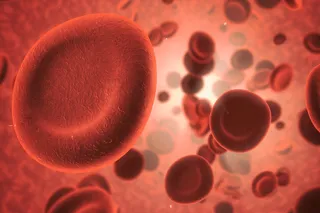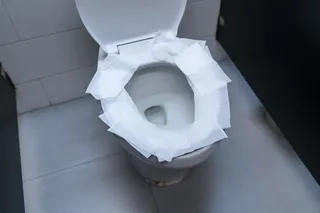Almost everyone loses the ability to see nearby objects as they age, a condition called presbyopia. But a study published last year in the journal Eye & Contact Lens describes eyedrops that can correct this type of vision loss without glasses or contact lenses. “This brings everything into focus, both distant and near,” says the drug’s inventor, Herbert Kaufman of Sarasota, Fla.
Roen Kelly/Discover
1. Light rays from distant objects are mostly parallel by the time they reach your eye. A relaxed lens can focus these rays on the retina with no effort. But most light rays from nearby objects (closer than 30 feet) enter the eye at an angle. The lens has to change its shape to focus these rays on the retina.
2. As we age, the lens becomes stiff. It can still process distant objects with its natural shape, however stiff it is. But a presbyopic lens ...













